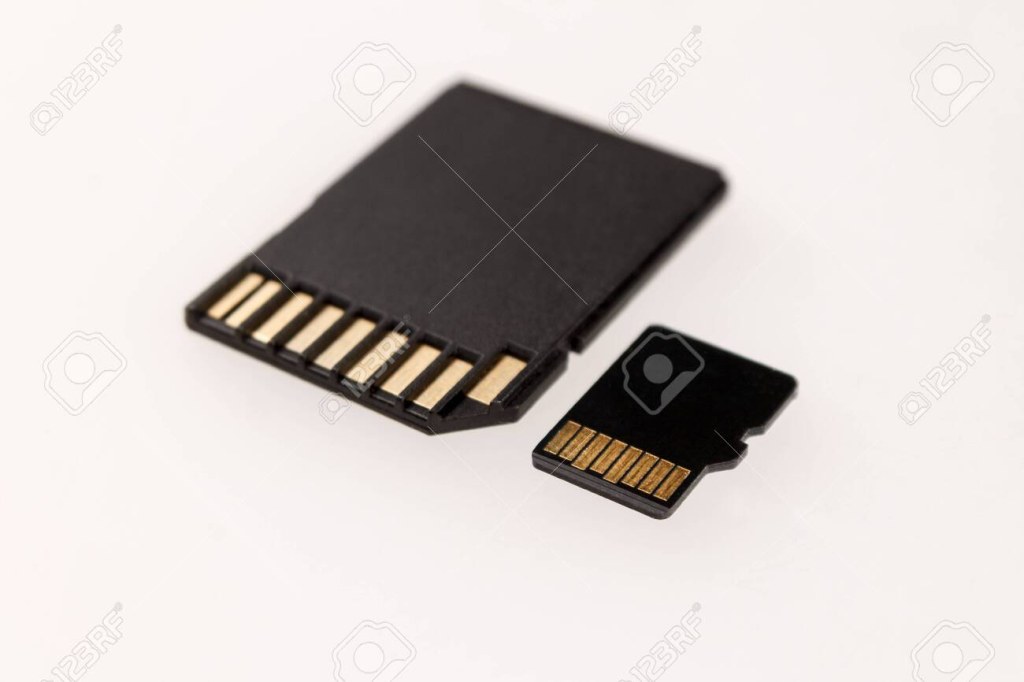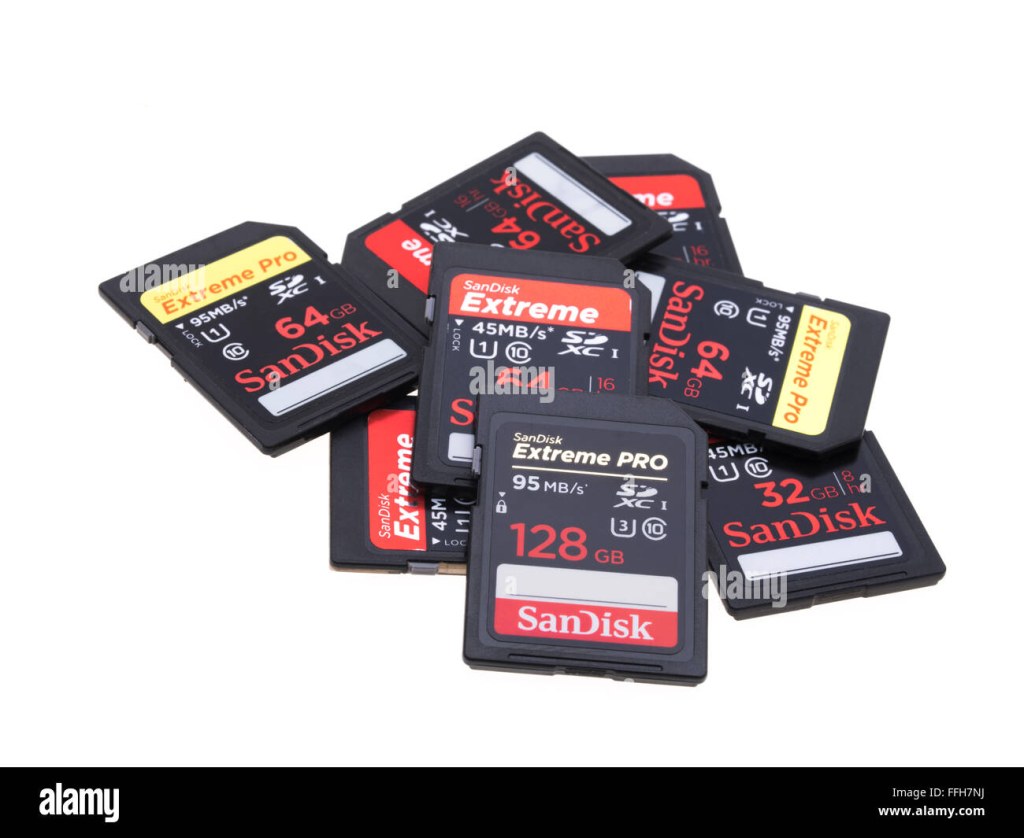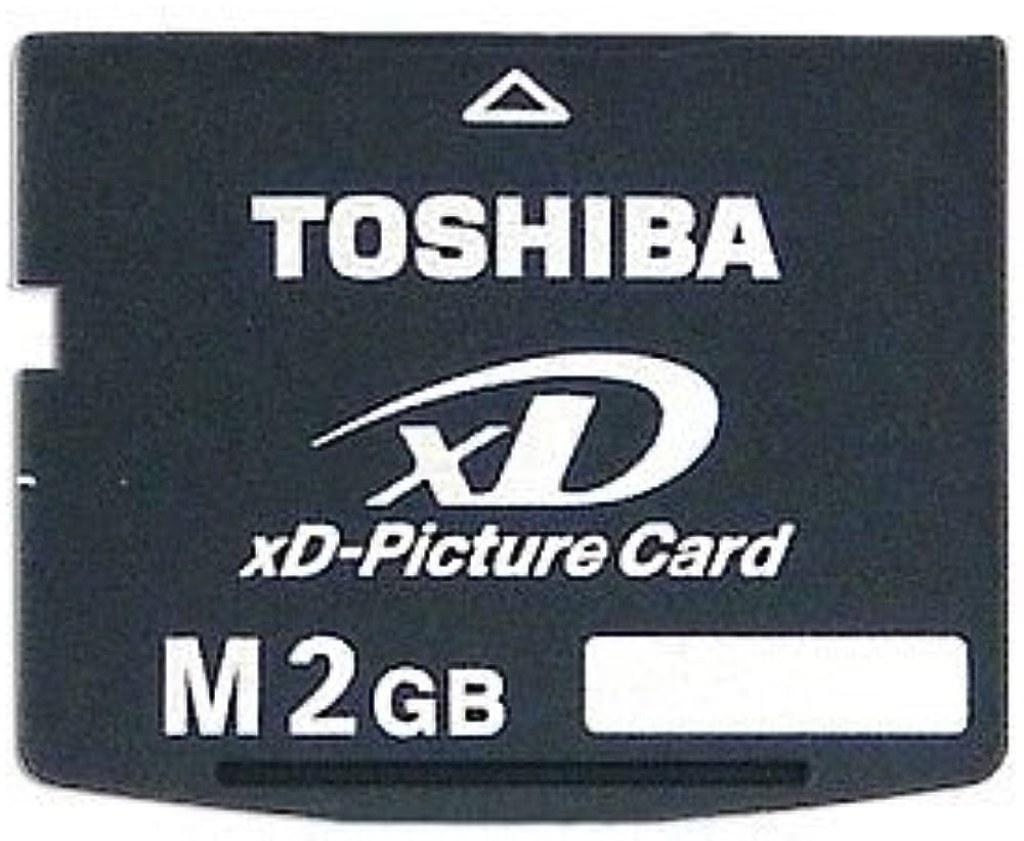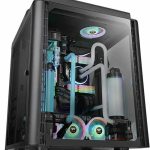Unlock The Full Potential: Discover The Unmatched Power Of Storage Devices Memory Card
Storage Devices Memory Card: A Comprehensive Guide
Greetings, Readers!
Welcome to this informative article on storage devices memory card. In today’s digital age, where data plays a crucial role in our lives, having a reliable and efficient storage solution is of utmost importance. In this article, we will explore everything you need to know about memory cards, their types, advantages and disadvantages, and how they have revolutionized the way we store and transfer data.
3 Picture Gallery: Unlock The Full Potential: Discover The Unmatched Power Of Storage Devices Memory Card



Table of Contents
1. Introduction

Image Source: 123rf.com
2. What is a Memory Card?
3. Who Invented Memory Cards?
4. When Were Memory Cards First Introduced?

Image Source: alamy.com
5. Where are Memory Cards Used?
6. Why Should You Consider Using Memory Cards?

Image Source: media-amazon.com
7. How Do Memory Cards Work?
8. Advantages of Memory Cards
9. Disadvantages of Memory Cards
10. Frequently Asked Questions
11. Conclusion
12. Final Remarks
1. Introduction
Memory cards, also known as flash cards or storage cards, are small electronic devices that are used to store and transfer digital data. These portable and lightweight devices have become an essential tool for various electronic devices, including smartphones, cameras, tablets, and gaming consoles. With the increasing demand for data storage, memory cards have evolved to provide larger capacities and faster speeds, making them an indispensable part of our daily lives.
Memory cards are designed to retain data even when powered off, making them an ideal choice for storing important files, photos, videos, and documents. They come in different sizes and formats, including Secure Digital (SD) cards, microSD cards, CompactFlash cards, and many more.
Now, let’s dive deeper into the fascinating world of memory cards and explore their origins, uses, benefits, and drawbacks.
2. What is a Memory Card?
A memory card is a portable electronic device that provides a convenient and reliable way to store and transfer digital data. It utilizes non-volatile memory technology, which means it retains data even when the power is turned off. Memory cards are commonly used in electronic devices such as cameras, smartphones, tablets, and portable gaming consoles to expand their storage capacity and facilitate data transfer between devices.
Memory cards are available in various sizes and formats, with each type offering different storage capacities and transfer speeds. Some of the popular memory card formats include Secure Digital (SD), microSD, CompactFlash (CF), Memory Stick, and XD-Picture Card.
The size and shape of memory cards have evolved over the years, with newer formats becoming smaller and more compact. Despite their small size, memory cards can store a vast amount of data, ranging from a few megabytes to multiple terabytes.
With the advancement of technology, memory cards have become an essential tool for photographers, videographers, and individuals who deal with large amounts of data on a regular basis. They provide a convenient way to store, transfer, and backup files, making them an invaluable asset in today’s digital world.
3. Who Invented Memory Cards?
The invention of memory cards can be credited to Dr. Fujio Masuoka, a Japanese engineer who developed the first flash memory technology while working at Toshiba in the early 1980s. His groundbreaking invention paved the way for the creation of memory cards and revolutionized the way data is stored and accessed.
Dr. Masuoka’s invention of flash memory was a significant breakthrough in the field of data storage. Unlike traditional magnetic storage devices, flash memory offered several advantages, including faster access times, shock resistance, smaller form factor, and lower power consumption.
Since then, memory cards have undergone numerous advancements, with newer generations offering higher storage capacities and faster transfer speeds. Today, memory cards have become an integral part of various electronic devices, providing users with a convenient and portable way to store and access their digital content.
4. When Were Memory Cards First Introduced?
The first memory card, known as the PCMCIA card, was introduced in 1990. PCMCIA stands for Personal Computer Memory Card International Association, which was an organization responsible for developing standards for memory cards used in laptops and other portable devices.
The PCMCIA card was primarily designed to provide additional storage capacity for laptops and featured a credit card-sized form factor. It utilized flash memory technology, allowing users to store and transfer data conveniently.
Over the years, memory card technology has evolved, and new formats have been introduced to cater to the needs of different devices. Today, memory cards are widely used in various electronic devices, including digital cameras, smartphones, tablets, and gaming consoles, to expand their storage capacity and facilitate data transfer.
5. Where are Memory Cards Used?
Memory cards are used in a wide range of electronic devices that require additional storage capacity or the ability to transfer data. Some of the common devices where memory cards are used include:
– Digital cameras: Memory cards are essential for photographers and videographers who need to store a large number of high-resolution photos and videos. Memory cards provide a convenient way to expand the storage capacity of digital cameras and transfer files to other devices.
– Smartphones and tablets: With the increasing storage requirements of apps, photos, videos, and other digital content, memory cards have become a popular choice for expanding the storage capacity of smartphones and tablets. Users can store their media files on memory cards, freeing up valuable internal storage space.
– Gaming consoles: Many gaming consoles, such as the Nintendo Switch and PlayStation Vita, support memory cards for storing game data, downloadable content, and software updates. Memory cards allow gamers to expand the storage capacity of their consoles and carry their games and progress with them.
– GPS devices: Memory cards are often used in GPS devices to store maps, routes, and other navigation data. This allows users to access and update their navigation information conveniently.
– Music players: Some portable music players support memory cards, enabling users to store and play their favorite music on the go. Memory cards provide a convenient way to expand the storage capacity of music players and carry a vast music library.
– Digital camcorders: Memory cards are widely used in digital camcorders to store high-definition videos. They offer a reliable and portable solution for recording and transferring videos.
These are just a few examples of where memory cards are used. Their versatility and compatibility make them an indispensable accessory for a wide range of electronic devices.
6. Why Should You Consider Using Memory Cards?
Using memory cards offers several advantages over traditional storage solutions. Here are some reasons why you should consider using memory cards:
– Portable and Compact: Memory cards are small and lightweight, making them highly portable. You can easily carry them in your pocket or bag, allowing you to access your data wherever you go.
– Expandable Storage: Memory cards provide a flexible and scalable storage solution. You can choose memory cards with different storage capacities based on your needs and easily upgrade to larger cards if required.
– Easy Data Transfer: Memory cards allow you to transfer data between devices quickly and conveniently. Whether you want to transfer photos from your camera to your computer or share files between smartphones, memory cards provide a hassle-free way to transfer data.
– Durability: Memory cards are designed to withstand various environmental conditions, including shock, temperature fluctuations, and water resistance. This makes them highly reliable and suitable for use in challenging environments.
– Compatibility: Memory cards are compatible with a wide range of devices, including cameras, smartphones, tablets, and gaming consoles. This allows you to use the same memory card across multiple devices, eliminating the need for separate storage solutions.
– Data Security: Memory cards offer data security by providing features such as write-protection and password protection. You can protect your valuable data from accidental deletion or unauthorized access.
– Cost-Effective: Memory cards are cost-effective compared to other storage solutions. They offer a high storage capacity at an affordable price, making them a cost-effective choice for individuals and businesses.
Considering these advantages, it’s clear why memory cards have gained popularity and become the preferred choice for storing and transferring data.
7. How Do Memory Cards Work?
Memory cards utilize flash memory technology to store and retrieve data. Flash memory is a type of non-volatile memory that can retain data even when the power is turned off. It consists of a grid of cells, each capable of storing a certain amount of data.
When you save data to a memory card, it gets written to these cells using electrical charges. The data is stored in binary format, with each cell representing a binary digit (0 or 1).
When you access data from a memory card, the stored electrical charges are read and converted back into the original data format. This allows you to retrieve and use the stored data as needed.
Memory cards use a controller chip to manage the reading and writing of data. The controller chip interfaces with the device’s operating system and ensures the proper functioning of the memory card.
Various factors, such as the quality of the flash memory cells, the controller chip, and the card’s design, can affect the performance and reliability of a memory card. Therefore, it’s essential to choose memory cards from reputable manufacturers to ensure optimal performance and data integrity.
8. Advantages of Memory Cards
Advantage 1: Portability 🎒
Memory cards are highly portable and can be easily carried in a pocket, wallet, or bag. This allows you to access your data on the go and transfer files between devices conveniently.
Advantage 2: Scalable Storage 📈
Memory cards offer scalable storage options, allowing you to choose the appropriate capacity based on your needs. You can start with a smaller card and upgrade to a larger one when required.
Advantage 3: Speed and Performance ⚡
Memory cards provide fast read and write speeds, ensuring smooth data transfer and efficient performance. This is particularly important when dealing with large files or high-resolution media.
Advantage 4: Durability 💪
Memory cards are designed to withstand various environmental conditions, including shock, extreme temperatures, and water resistance. This makes them highly durable and suitable for use in challenging environments.
Advantage 5: Compatibility 🔄
Memory cards are compatible with a wide range of devices, ensuring seamless integration and convenience. You can use the same memory card across multiple devices, eliminating the need for separate storage solutions.
Advantage 6: Data Security 🔒
Memory cards offer features such as write-protection and password protection, ensuring the security of your valuable data. You can prevent accidental deletion or unauthorized access to your files.
9. Disadvantages of Memory Cards
Disadvantage 1: Limited Lifespan ⌛
Memory cards have a limited lifespan and can only withstand a certain number of write cycles. Over time, the performance and reliability of the card may degrade, leading to data corruption or loss. It’s important to regularly backup your data to avoid potential issues.
Disadvantage 2: Vulnerable to Physical Damage 💔
Memory cards are susceptible to physical damage, such as bending, scratching, or exposure to extreme temperatures. Mishandling or accidents can result in data loss or permanent damage to the card.
Disadvantage 3: Risk of Data Loss 🚫
Although memory cards offer storage convenience, they are not immune to data loss. Accidental deletion, formatting errors, or file corruption can lead to the loss of valuable data. It’s crucial to regularly backup your files and employ data recovery measures to minimize the risk of data loss.
Disadvantage 4: Compatibility Issues 🚫
While memory cards are generally compatible with a wide range of devices, there may be instances where certain devices do not support specific card formats. It’s important to ensure compatibility between your device and the memory card before making a purchase.
Disadvantage 5: Counterfeit Products ⚠️
The popularity of memory cards has led to an increase in counterfeit products in the market. These fake cards may offer lower storage capacities than advertised or have poor performance and reliability. It’s essential to purchase memory cards from reputable sources to avoid falling victim to counterfeit products.
10. Frequently Asked Questions
Q1: Can I use a memory card with my smartphone?
A1: Yes, most smartphones support memory cards, allowing you to expand the storage capacity of your device.
Q2: How do I format a memory card?
A2: You can format a memory card using your device’s settings or a computer. However, formatting erases all data on the card, so make sure to backup your files before proceeding.
Q3: What is the difference between SD and microSD cards?
A3: SD cards are larger in size and are typically used in digital cameras and other devices. MicroSD cards are smaller and are commonly used in smartphones, tablets, and action cameras.
Q4: Can I use a memory card with my MacBook?
A4: Some MacBook models have built-in SD
This post topic: Computer Hardware

